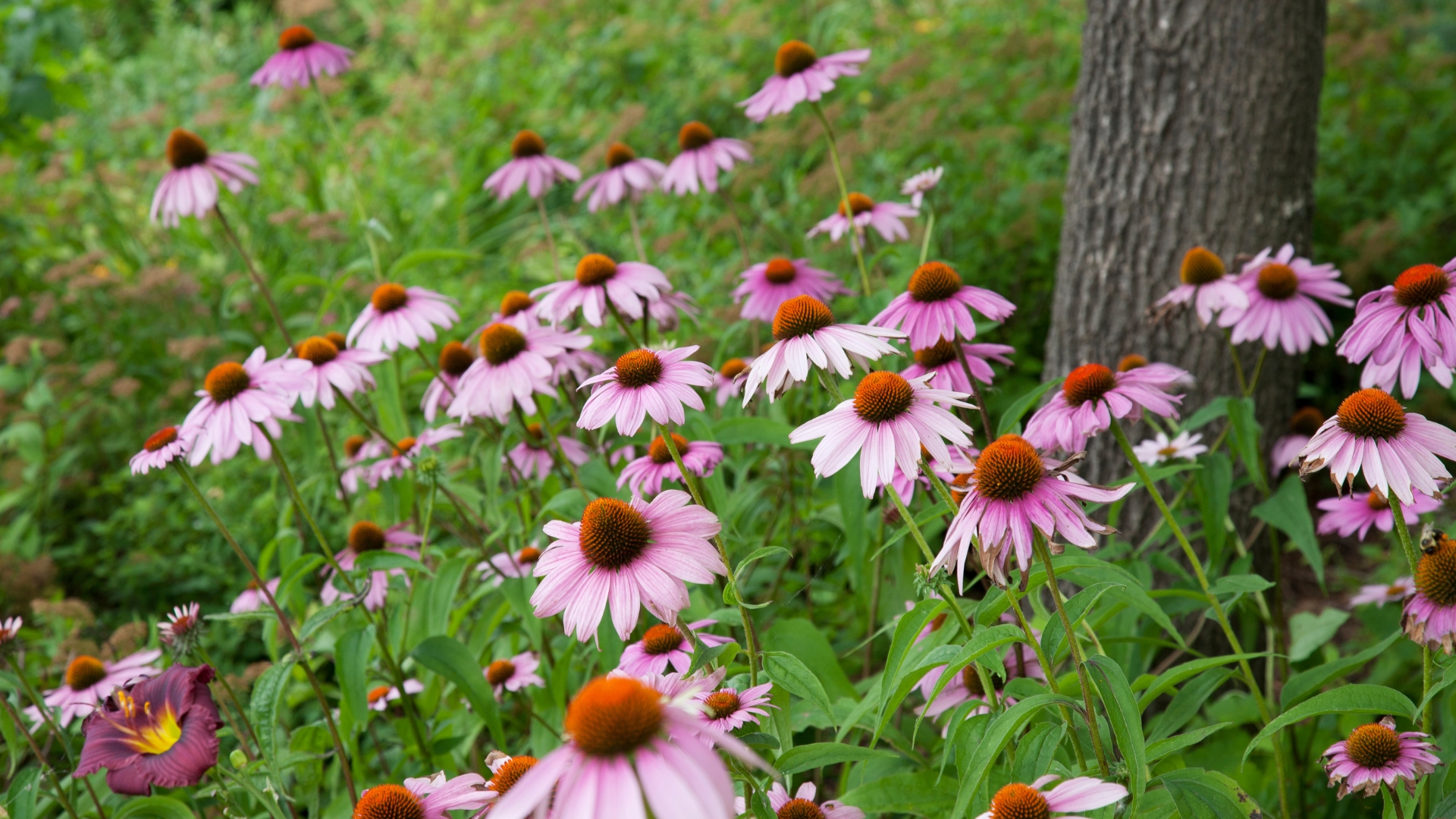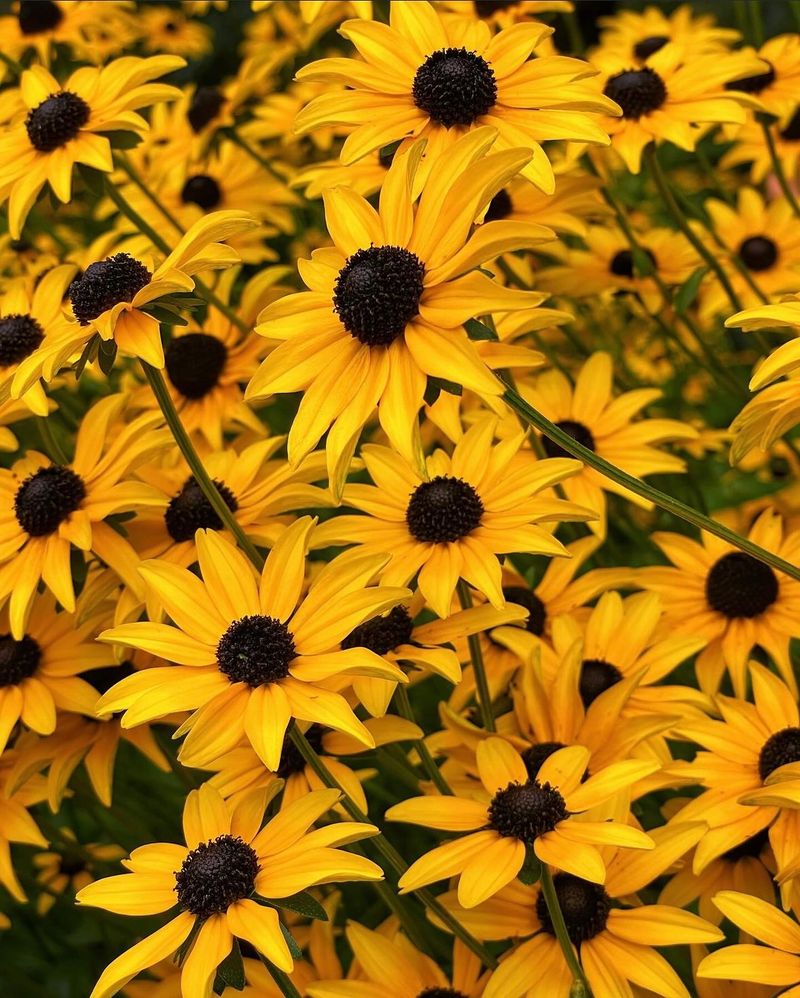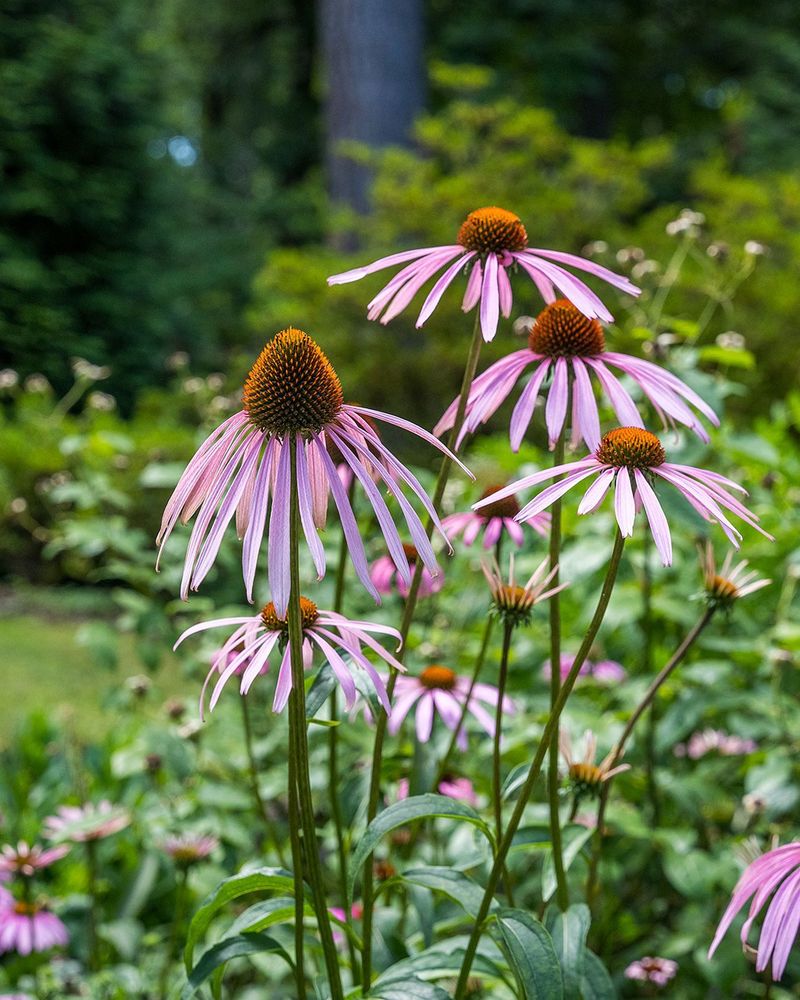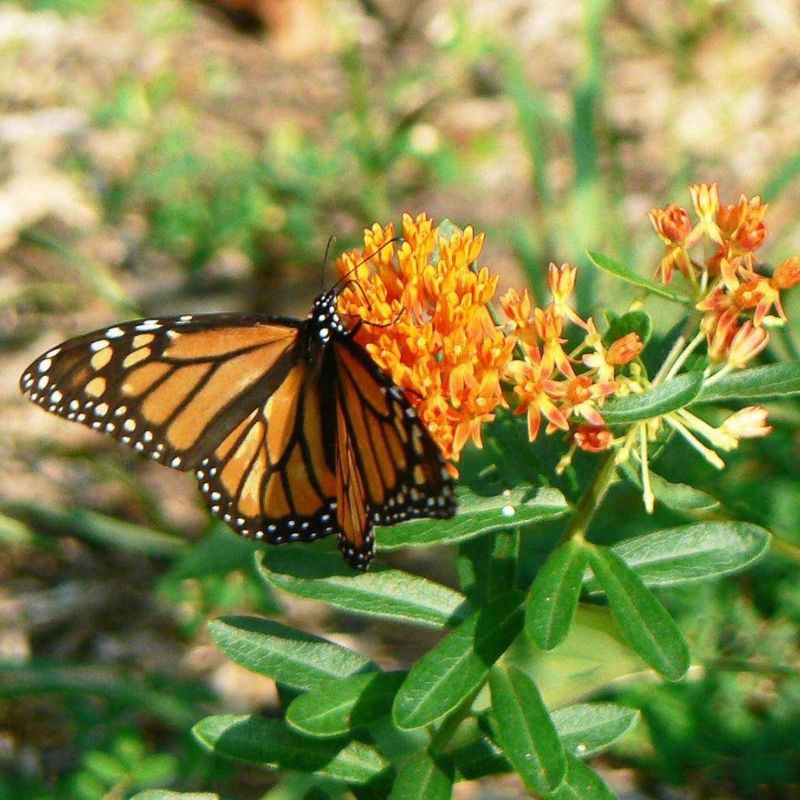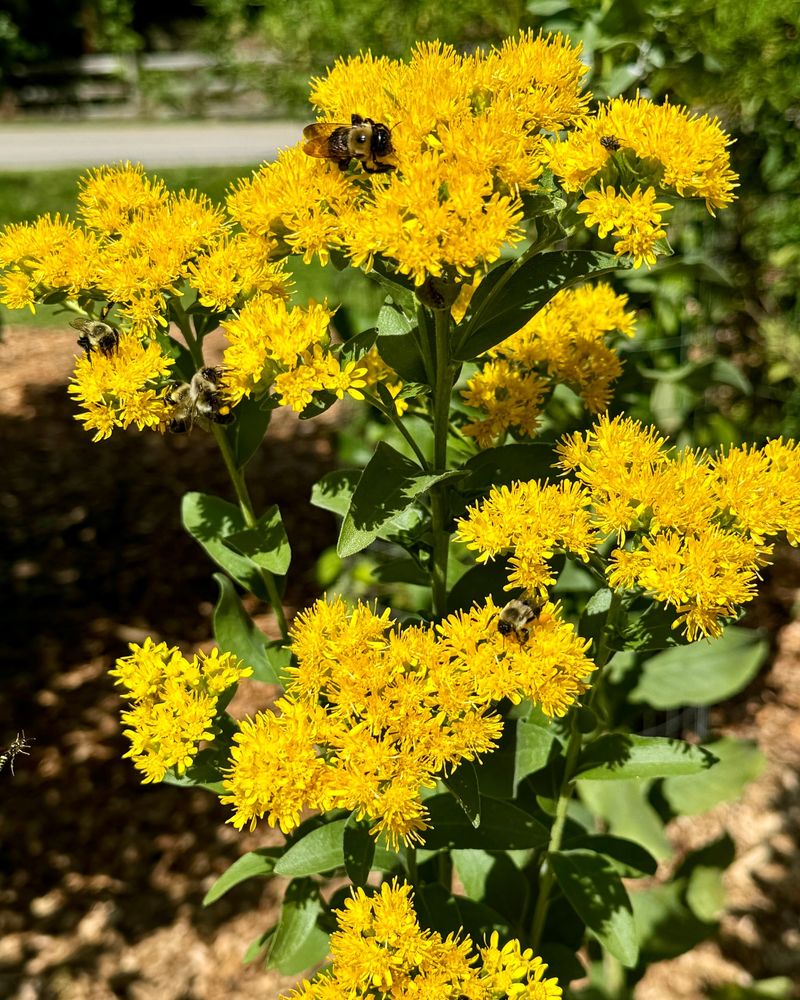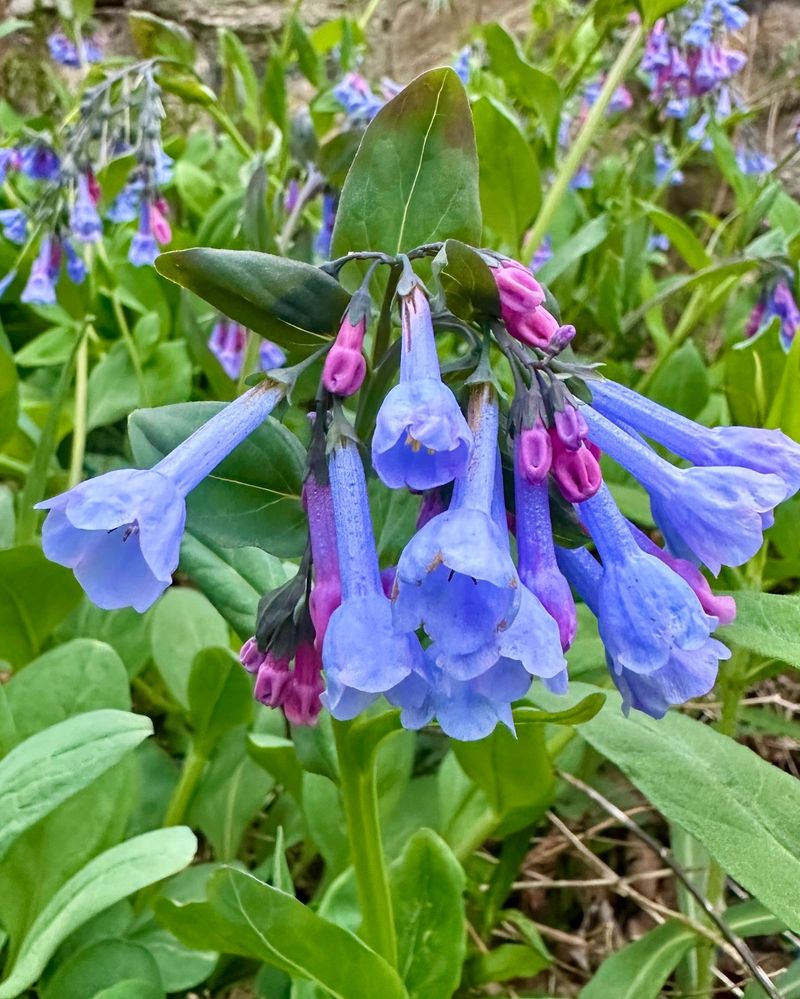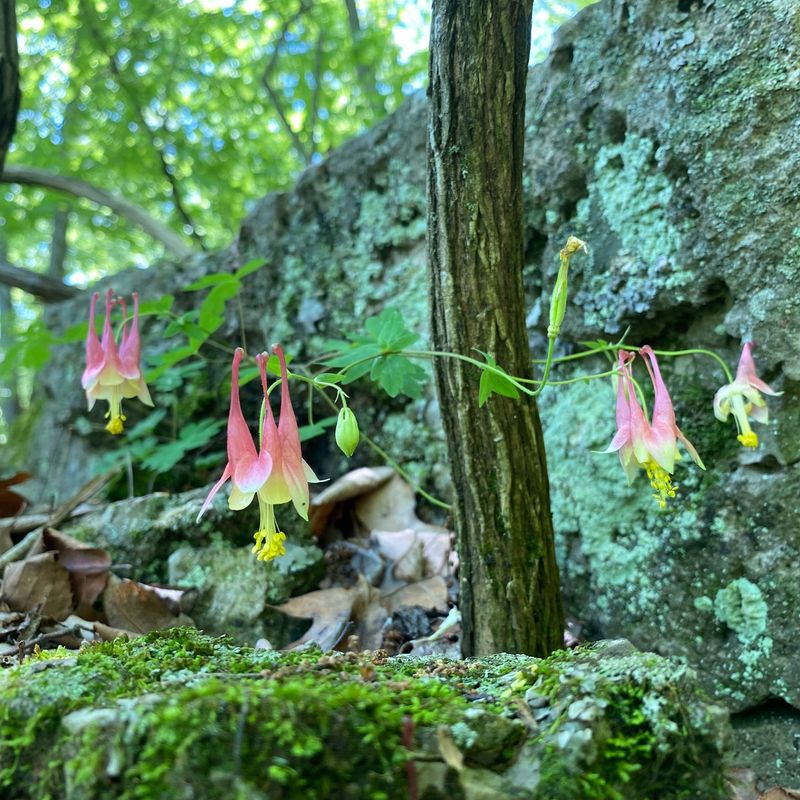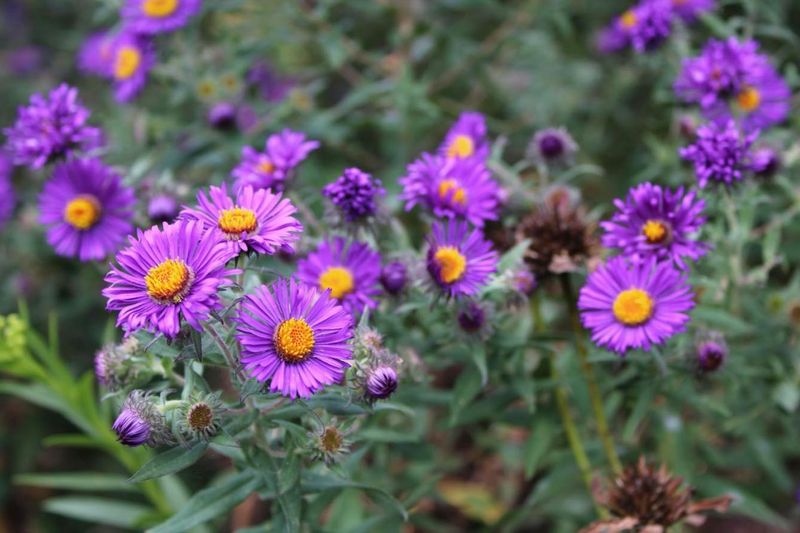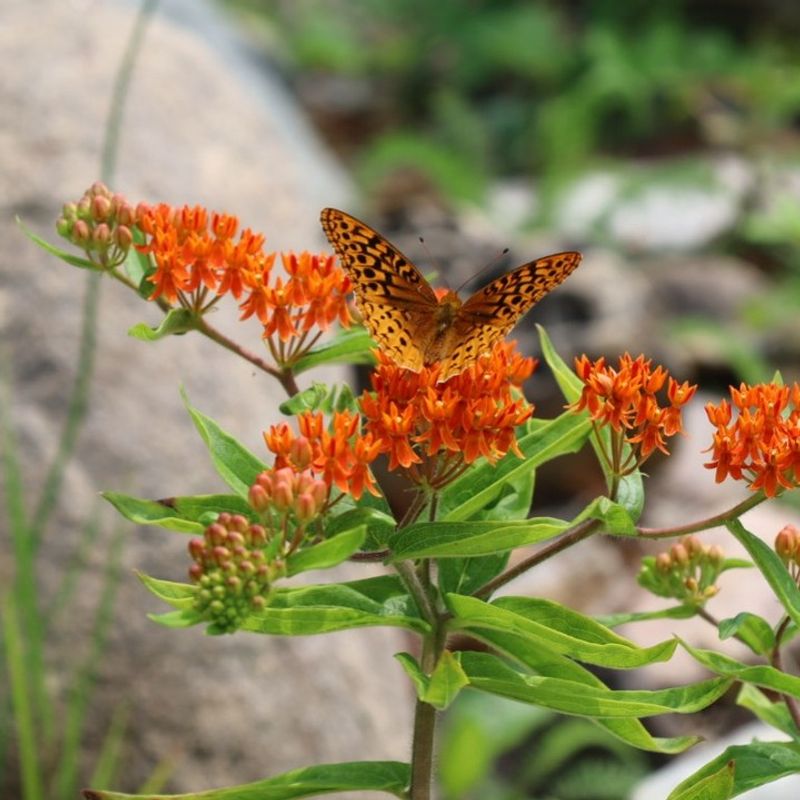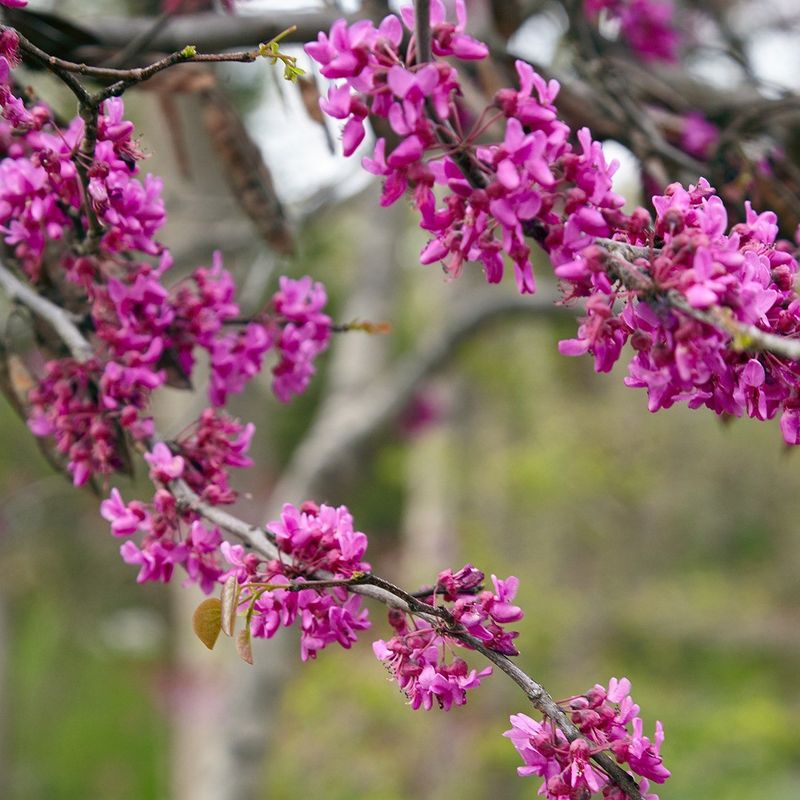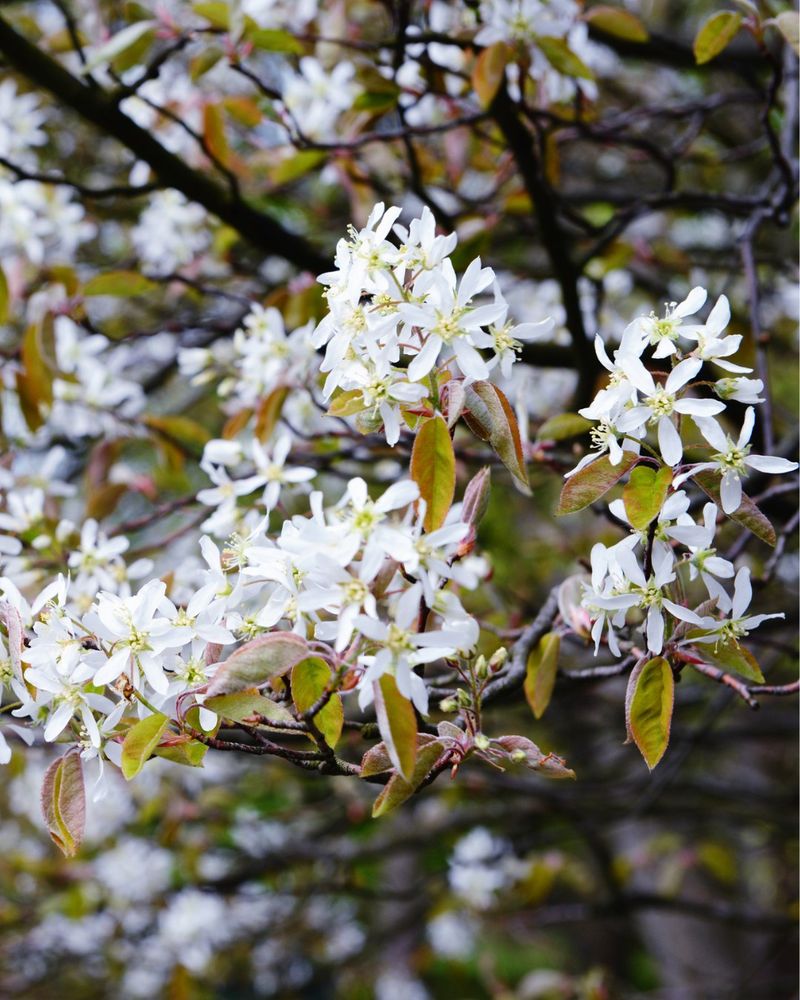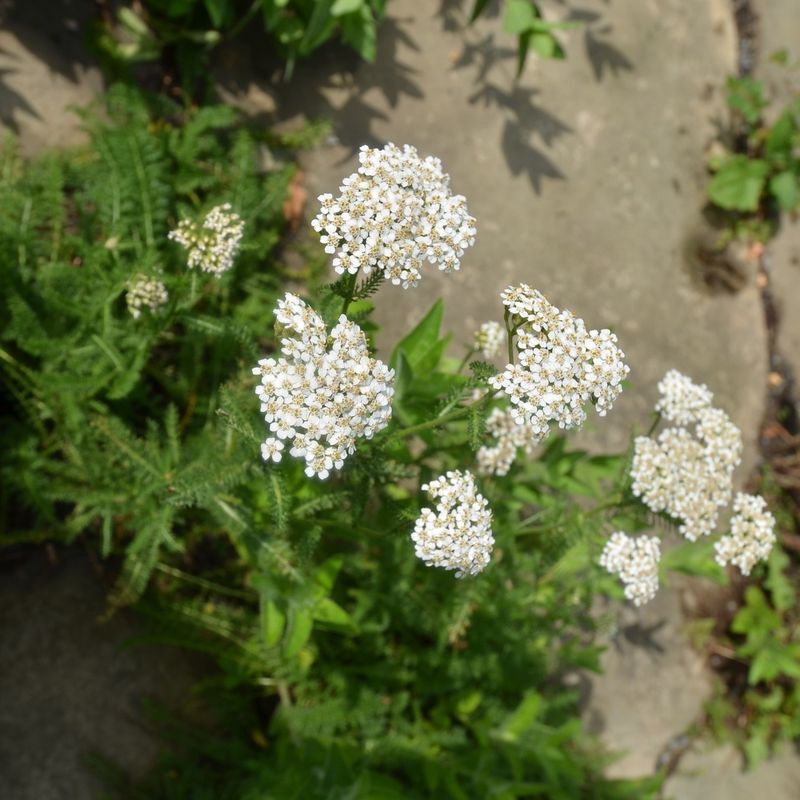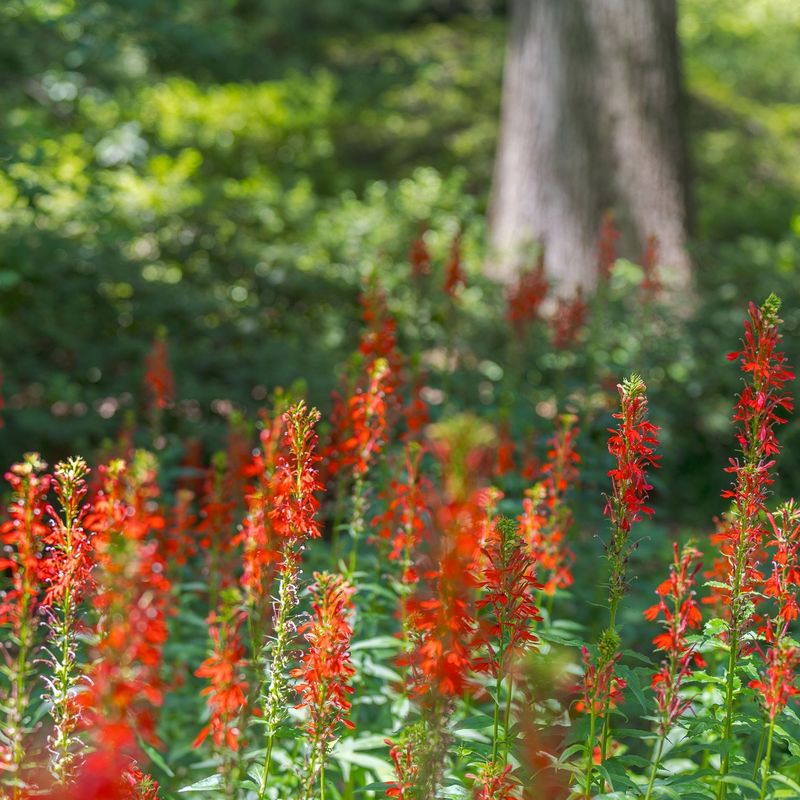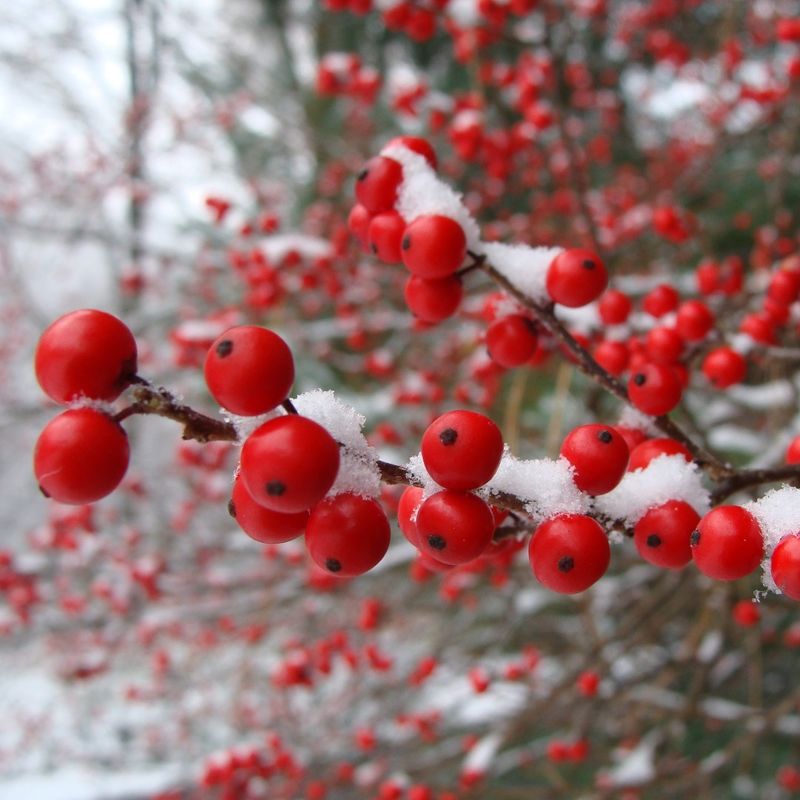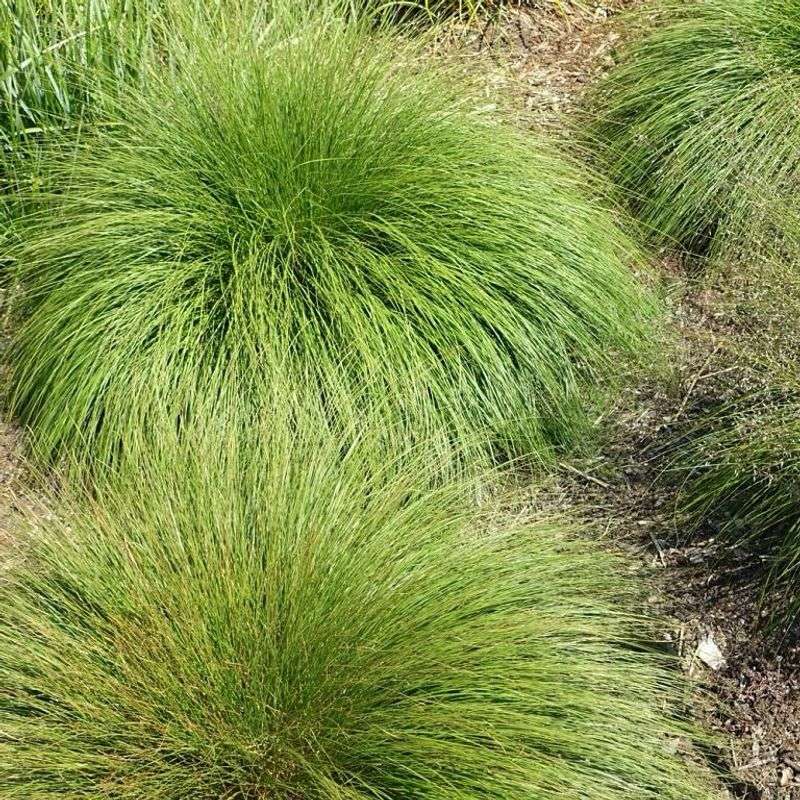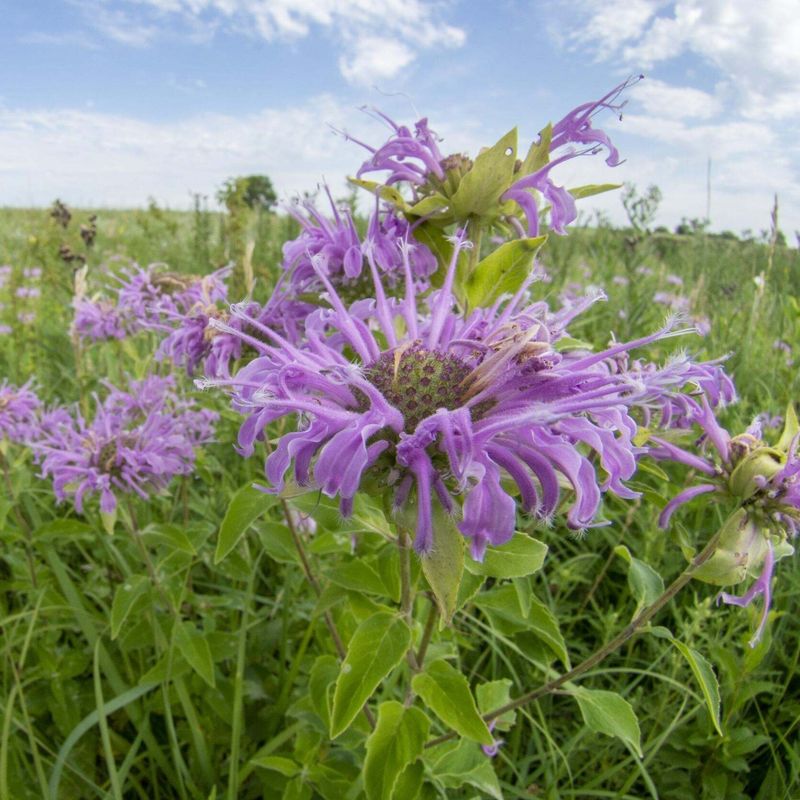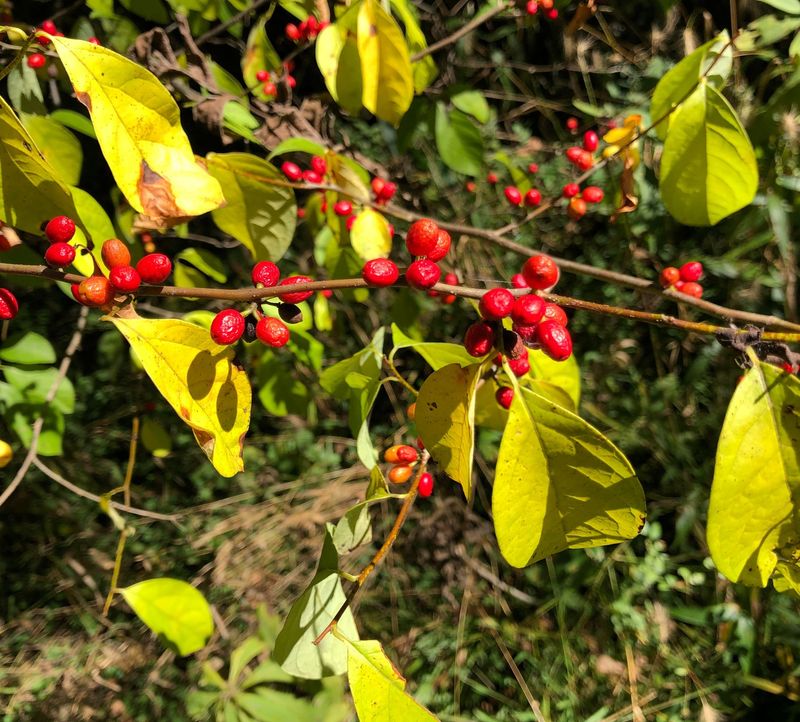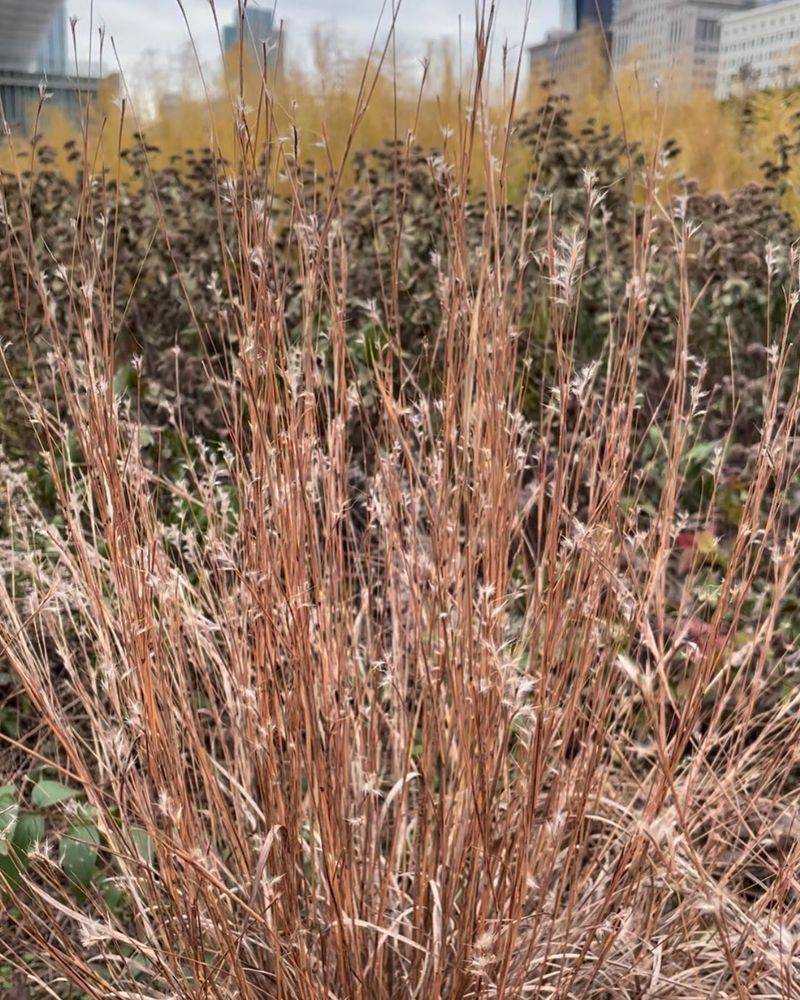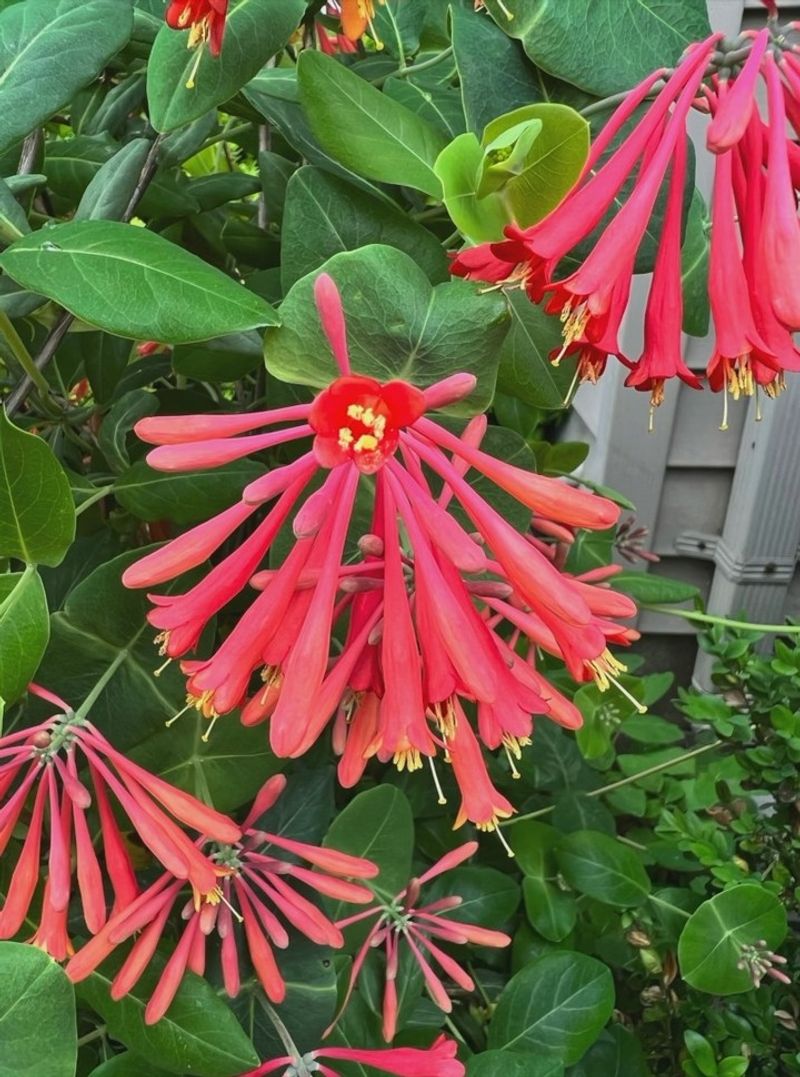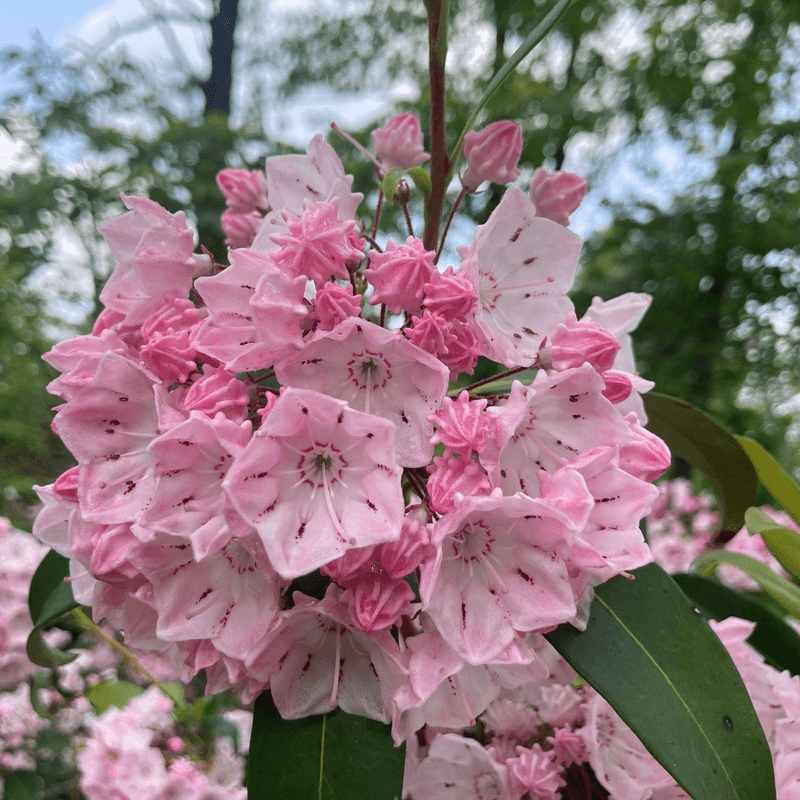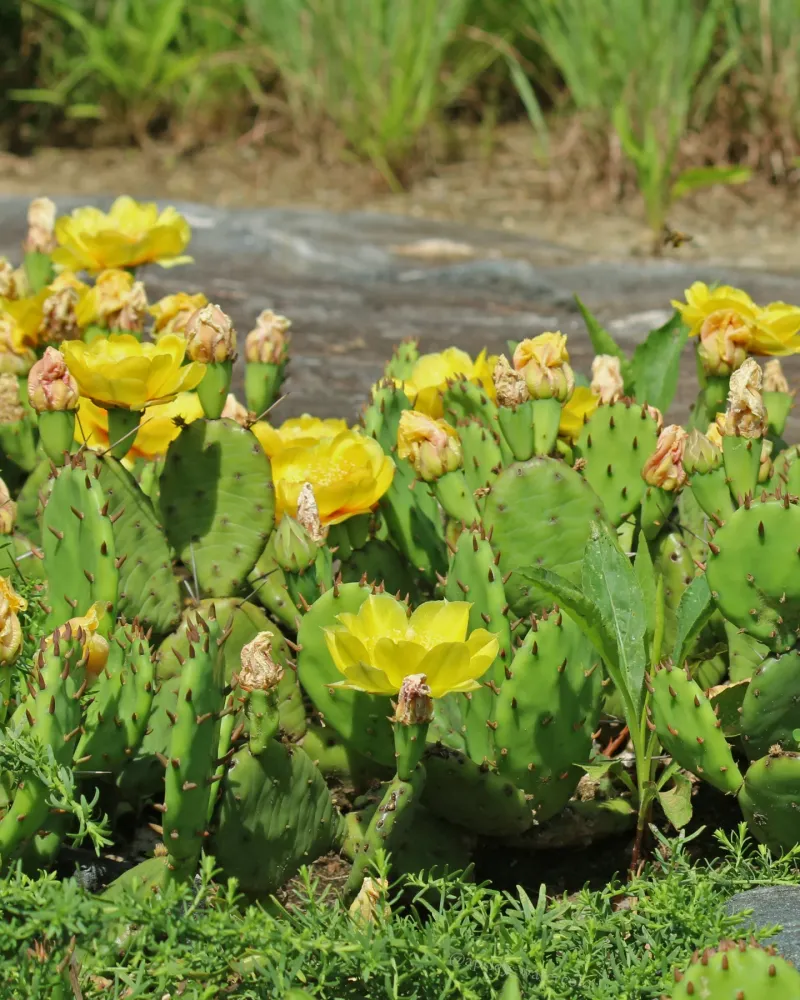Some plants just get it—they grow like champs without much fuss, no matter where you plant them. I’ve rounded up 20 of those laid-back legends that seem to thrive just about anywhere across the U.S.
These aren’t the drama queens of the garden world—they’re the steady, good-looking types that don’t ask for much. From coast to coast, they’ve earned their place in beds, borders, and wild corners.
If you’re after plants that do the heavy lifting while you kick back, you’ll love this lineup.
1. Black-Eyed Susan
Golden petals surround a dark center, creating a cheerful splash of color in meadows and gardens alike. Black-Eyed Susan flowers are hardy perennials that bloom throughout summer and into fall, attracting butterflies and bees to your yard.
They’re super easy to grow from seed and will happily spread to fill empty spaces. Once established, these bright beauties can handle drought conditions and poor soil with minimal fuss.
Many gardeners love how these wildflowers self-seed, creating natural drifts of color year after year without any extra work.
2. Purple Coneflower
Standing tall with distinctive drooping petals, these beauties add a pop of purple to any landscape. Purple Coneflower plants aren’t just pretty – they’re powerhouse performers that bloom for months and attract scores of pollinators.
Gardeners appreciate how these tough natives handle heat, drought, and poor soil without complaint. The seed heads remain attractive through winter, providing food for goldfinches and other birds when resources are scarce.
Few people realize these gorgeous flowers also have medicinal properties – echinacea, derived from coneflowers, has been used for centuries to boost immunity.
3. Milkweed
More than just a pretty flower, this plant plays a crucial role in monarch butterfly survival. Milkweed provides the only food source for monarch caterpillars and offers nectar to the adult butterflies and other pollinators.
Gardeners looking to support wildlife find these plants incredibly rewarding. The seed pods that form after flowering contain fluffy seeds that disperse on the wind, creating a magical late-summer display.
Despite its name, milkweed isn’t actually a weed at all, but a beneficial native plant that comes in several varieties adapted to different regions across America.
4. Goldenrod
Contrary to popular belief, these sunny yellow plumes rarely cause allergies! Goldenrod plants bloom in late summer and fall when many other flowers have faded, providing essential late-season nectar for bees and butterflies preparing for winter.
The bright yellow flowers create stunning natural displays along roadsides and in meadows. Many gardeners are now embracing this previously underappreciated native in designed landscapes.
With over 100 species native to North America, there’s likely a variety perfectly suited to your garden conditions, whether you have a sunny meadow or a woodland edge.
5. Virginia Bluebells
Early spring woodlands transform with the magical appearance of these delicate blue flowers. Virginia Bluebells emerge when the forest floor is still mostly bare, creating breathtaking carpets of color before trees leaf out fully.
Gardeners treasure these ephemeral beauties for their ability to brighten shady spots where few other plants thrive. The nodding clusters of trumpet-shaped blooms start pink before turning a stunning sky blue.
After flowering, these woodland natives go dormant for summer, so smart gardeners plant them alongside later-emerging perennials that will fill in the space as bluebells disappear until next spring.
6. Wild Columbine
Delicate yet tough, these nodding red and yellow flowers dance above lacy foliage in spring. Wild Columbine plants attract hummingbirds with their unique nectar spurs while thriving in rocky, less-than-ideal growing conditions.
Gardeners love how these woodland beauties self-seed gently, creating natural-looking colonies without becoming invasive. The distinctive star-shaped seed pods that follow the flowers add interesting texture to the garden.
Unlike their cultivated garden cousins, native columbines maintain their original flower colors and natural growth habit, making them perfect for naturalistic landscapes and restoration projects.
7. New England Aster
Late-season garden stars, these purple daisy-like flowers light up autumn landscapes when many plants are fading. New England Aster plants can reach impressive heights of 3-6 feet, creating dramatic backdrops in naturalized areas.
Butterflies, especially migrating monarchs, depend on these late bloomers for crucial nectar before their long journey south. The vibrant purple flowers with yellow centers create a striking contrast against fall’s changing colors.
Despite their delicate appearance, these robust natives handle challenging conditions with ease and return reliably year after year, even in northern climates with harsh winters.
8. Butterfly Weed
Brilliant orange flower clusters create a beacon for butterflies and hummingbirds in summer gardens. Butterfly Weed belongs to the milkweed family but lacks the milky sap of its relatives, growing in a more compact, garden-friendly form.
Gardeners appreciate its drought tolerance once established, making it perfect for hot, sunny spots where other plants struggle. The long-lasting blooms provide weeks of color and wildlife activity.
After flowering, interesting seed pods form that eventually burst open to release silky-tufted seeds on the wind, just like other milkweeds – a fascinating natural process to observe in the garden.
9. Eastern Redbud
Nothing announces spring quite like the explosion of pink-purple flowers lining bare branches before leaves appear. Eastern Redbud trees create a magical effect in early spring when their flowers emerge directly from the trunk and branches, a botanical feature called cauliflory.
Gardeners value these small native trees for their heart-shaped leaves that follow the flowers and turn yellow in fall. The distinctive flat seed pods that persist through winter add interesting texture to the landscape.
With their moderate size and tolerance for part shade, redbuds fit perfectly into smaller yards where larger trees wouldn’t work, providing beauty through multiple seasons.
10. Serviceberry
Delicate white spring flowers followed by edible berries make this small tree a multi-season delight. Serviceberry trees bloom early, providing crucial nectar for pollinators when few other sources are available, and their tasty berries attract birds and wildlife.
Gardeners appreciate how these understory natives thrive in partial shade, fitting perfectly at woodland edges or under larger trees. The smooth gray bark and brilliant fall colors extend the ornamental season well beyond flowering.
Also known as Juneberry or Shadbush, these trees have historical significance as their blooming coincided with the shad fish runs and indicated when the ground had thawed enough for burial services.
11. Common Yarrow
Flat-topped clusters of tiny white flowers hover above feathery foliage, creating an airy presence in meadows and gardens. Common Yarrow plants have a rich history of medicinal use by Native Americans and settlers alike, valued for their healing properties.
Gardeners love how these tough perennials handle poor soil and drought conditions with ease. The ferny foliage remains attractive even when the plant isn’t in bloom, adding texture to garden designs.
Beyond its ornamental value, yarrow attracts beneficial insects that help control garden pests naturally, making it a valuable addition to any eco-friendly landscape.
12. Cardinal Flower
Striking scarlet spikes create dramatic vertical accents in damp areas where few other plants thrive. Cardinal Flower plants produce some of the most intensely red blooms in the native plant palette, standing out vividly against green backgrounds.
Hummingbirds find these tubular flowers irresistible and will defend patches fiercely during summer blooming season. The plant’s preference for moist conditions makes it perfect for rain gardens, pond edges, or those troublesome damp spots in the yard.
Despite its delicate appearance, this native perennial is surprisingly hardy and will return year after year when planted in suitable conditions with consistent moisture.
13. Winterberry Holly
Brilliant red berries shine against winter’s gray backdrop long after leaves have fallen. Winterberry Holly shrubs create spectacular seasonal interest when most garden plants have gone dormant, brightening dreary winter landscapes.
Birds rely on these nutritious berries during the coldest months when food sources are scarce. Unlike familiar Christmas holly, this native version drops its leaves in fall, allowing the colorful berries to stand out even more dramatically.
Gardeners should note that both male and female plants are needed for berry production – a small detail that makes a big difference in achieving those picture-perfect winter displays.
14. Prairie Dropseed
Fountain-like arching leaves create graceful movement in the landscape even on still days. Prairie Dropseed grass forms perfect rounded clumps that maintain their attractive shape throughout the growing season and into winter.
Gardeners appreciate how this native grass adds texture and structure to perennial gardens without becoming invasive like many non-native ornamental grasses. The delicate seed heads that appear in late summer have a distinctive fragrance some describe as resembling cilantro or popcorn.
During fall, the foliage turns a stunning golden-orange, extending the season of interest well into winter when the seed heads and leaves continue to add movement and beauty.
15. Wild Bergamot
Shaggy lavender flower heads create whimsical pops of color while releasing a delightful minty fragrance when brushed against. Wild Bergamot plants, also known as bee balm, attract a remarkable diversity of pollinators including bees, butterflies, and hummingbirds to their nectar-rich blooms.
Gardeners love how these native perennials naturalize easily in meadow gardens and sunny borders. The aromatic leaves can be used to make a pleasant herbal tea, similar to the bergamot used in Earl Grey tea.
Beyond its ornamental value, this member of the mint family has traditional medicinal uses among Native American tribes, who used it to treat colds, fevers, and digestive issues.
16. Spicebush
Subtle yellow flowers appear in early spring before giving way to bright red berries that birds adore. Spicebush shrubs offer multi-season interest, from their early bloom period to their brilliant yellow fall foliage that lights up shady woodland gardens.
Gardeners appreciate how these adaptable natives thrive in partial shade where many flowering shrubs struggle. The aromatic leaves and twigs release a pleasant citrusy-spicy scent when crushed, giving the plant its common name.
Beyond its ornamental qualities, spicebush serves as the host plant for the beautiful spicebush swallowtail butterfly, whose caterpillars feed specifically on its leaves.
17. Little Bluestem
Bluish-green summer foliage transforms to striking copper-orange hues that glow in autumn sunlight. Little Bluestem grass creates vertical interest in the landscape, reaching just 2-3 feet tall while maintaining an upright, tidy habit that works well in designed spaces.
Gardeners value this native grass for its drought tolerance and ability to thrive in poor, dry soils where other plants struggle. The fluffy white seed heads that appear in fall catch the light beautifully and persist through winter.
Beyond its aesthetic appeal, this prairie grass provides valuable shelter for beneficial insects and food for native birds, making it an ecological powerhouse in natural landscapes.
18. Coral Honeysuckle
Unlike its invasive cousins, this native vine produces trumpet-shaped blooms that hummingbirds can’t resist. Coral Honeysuckle vines offer a well-behaved alternative to aggressive Asian varieties, climbing gracefully without overtaking everything in their path.
Gardeners appreciate how these flowering vines attract wildlife while adding vertical interest to fences, trellises, and arbors. The tubular red flowers give way to bright red berries that provide food for birds into fall.
With its semi-evergreen nature in warmer regions, this adaptable native provides multi-season interest while requiring minimal maintenance once established in a sunny to partly shaded spot.
19. Mountain Laurel
Intricate star-shaped flowers create breathtaking displays in woodland settings each spring. Mountain Laurel shrubs feature unique buds that resemble tiny pastries before opening into clusters of pink or white blooms with distinctive geometric patterns.
Gardeners treasure these evergreen natives for their year-round beauty and ability to thrive in challenging shady conditions. The glossy, leathery leaves provide structure and interest even when the plant isn’t in bloom.
Often found growing wild along the Appalachian mountains, these magnificent flowering shrubs serve as the state flower of Pennsylvania and Connecticut, highlighting their cultural significance in American natural heritage.
20. Eastern Prickly Pear
Surprising many gardeners, these hardy cacti thrive far beyond desert regions, even in snowy northern states. Eastern Prickly Pear cacti produce stunning yellow flowers in early summer that last just a day each but appear in succession over several weeks.
Gardeners appreciate how these unique natives add southwestern character to rock gardens and hot, dry spots where little else grows. The flat, paddle-shaped pads turn purple-tinged in winter, adding unexpected color to the dormant garden.
Despite their intimidating appearance, these cacti produce edible fruits and pads that have been harvested for food for centuries – a fascinating edible ornamental for adventurous gardeners.

